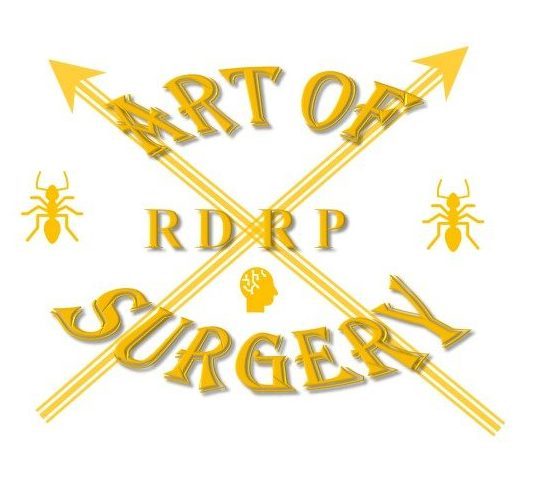Gut derived hormones
Enteroendocrine cells throughout the GI tract are able to express a broad spectrum of peptide hormone precursors. The number and secretory profile of these enteroendocrine cells can also be modified.
L-cell secretion
These cells secrete PYY, GLP-1 and OXM in response to neural, hormonal and nutrient factors.
- Ghrelin has been shown to ‘prime’ the cells
- Nutrients in the gut, acting directly on the cells, prolong the secretory phase
- Vagus nerve stimulation mediates the early response
A recent finding is that melanocortin-4 receptors (MC4Rs) on the cell cell suface act to regulate secretion of PYY and GLP-1.
Peptide YY
- Cells expressing PYY are present throughout small and large bowel
- Circulating PYY are low and progressively fall in the fasted state
- They increase proportionally to caloric load of intake and dependent on macronutrient composition
- Peripheral PYY administration reduces calorific intake in rodents and humans
- It works on the Y2R receptor and agonists cause anorectic effects
- Low-PYY state = fasted state = changes in hypothalamus to cause food intake
- High-PYY state = fed state = neural activity in orbitofrontal cortex, implicated in reward processing.
GLP-1
- GLP-1 has a well-established role in regulating glucose homeostasis, increasing insulin in response to glucose (an incretin hormone) and increases insulin-sensitivity of a- and b-cells
- GLP-1 also delays nutrient absorption and delays gastric emptying and intestinal motility
- Peripheral GLP-1 reduces caloric intake in rodents, humans and type 2 diabetics.
- It has a short half-life
- Good evidence that GLP-1 also acts directly on the brain to affect feeding behaviour
Oxyntomodulin
- An amino acid peptide that activates the GLP-1Rs and glucagon receptors.
- Peripheral administration reduces caloric intake in rodents, lean and obese individuals
- Given over 4 weeks, it causes a weight loss of around 2.3kg.
- Though to involve vagal and direct CNS action
- Increases energy expenditure through the GCGR (glucagon receptors)
Ghrelin
- Peptide hormone released from P/D1 cells (located in the gastric mucosa, small bowel and particularly duodenum)
- The majority of gastric cells are not in contact with lumen but the ones in the duodenum and jejunum ARE.
- Circulating levels increase before meals and decrease rapidly after.
- Proportion correlates with caloric load
- In humans, circulating ghrelin levels are inversely associated with adiposity and increase with weight loss due to exercise, low calory diet and cachexia
- Ghrelin seems more involved with the reward based, hedonic feeding
In obesity
- Progressive reduction of PYY, active GLP-1 and ghrelin
Effect from diet
- A very low calory diet adversely changes these hormones: hunger is increased, fasted and nutrient-stimulated PYY levels are reduced, ghrelin levels are inceased.
- These changes persist upto a year after the diet!
